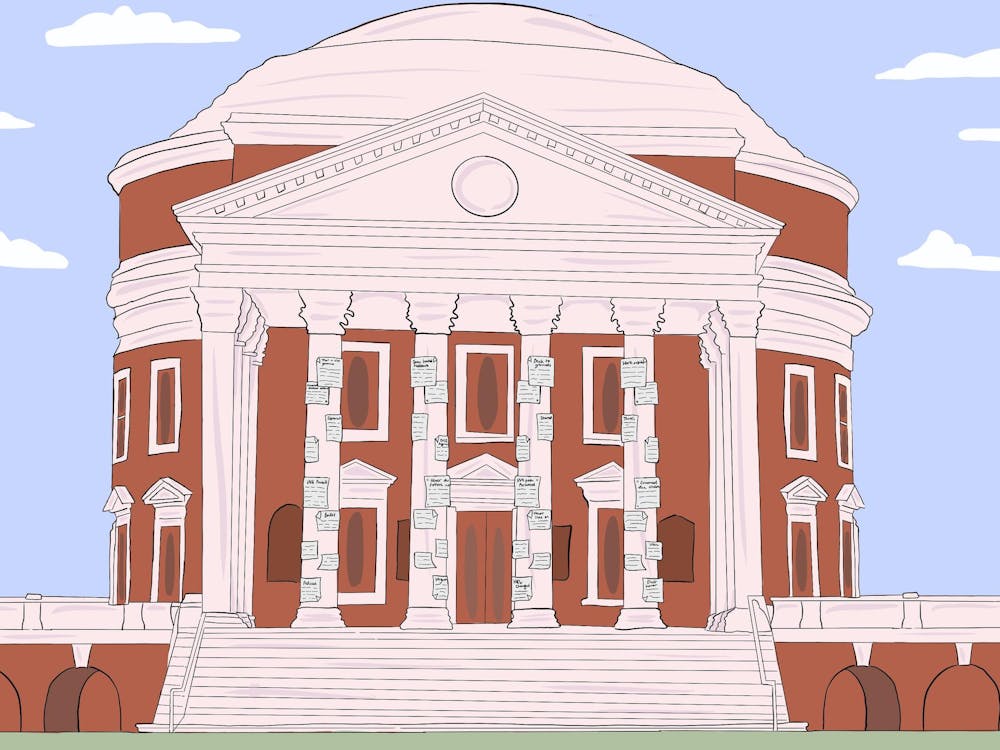REMEMBER back in the day when your school teacher would bring in something fun, something new for the class? Perhaps an interesting science experiment, some fun magazines or materials for a new project that brought school to life? I most certainly do -- fondly. But who knew that those "good" teachers who always seemed to be able to better stimulate their students with outside materials were more than likely coming out of pocket for their class expenses? Apparently, most school systems knew, including Albemarle County, which means that depending on how dedicated and how financially free your child's teacher is may determine the quality of education the next generation receives. Though Albemarle County's new stipend policy seeks to remedy this concern by raising the dollar amount for maximum teacher reimbursement, the policy is actually only going to provide detriment to the public school system.
Apparently, teachers have been allowed the same dollar amount reimbursement for the past 17 years. Since 1986, teachers have been allowed to apply for reimbursement of up to $100 for recertification and enrichment classes, materials related to the profession and any related organization memberships ("County revises teacher stipends," The Daily Progress, Sept. 14). Clearly, though, the school board has decided that this is not a realistic amount and has decided to up the funding allowance to $500 per semester, with a maximum of $1,000 a year. The problem with this? The school board does not have enough money to provide this amount to a majority, much less all, of the teachers in the school system.
In a rushed effort to look good theoretically, enough thought has not been given to the purpose and effectiveness of making funds available. The claim is that because half of the teachers in the county do not utilize the $100 for their class, the majority of teachers won't take up the new $1,000 offer. Right. There are a couple of problems with this level of thinking and analysis.
First, there should be a commission or investigation to fully understand why teachers are not utilizing money that can only benefit them and their students. The information in the initial review was brought to the school board by the Teacher's Advisory Committee. However, in their findings, they did not present specific facts or research outside of a poll of teachers to substantiate this new stipend. The suggestions of this committee should have been the impetus for full investigation of teacher stipends, not the qualifier to start a policy that has more flaws than benefits.
Additionally, the board investigating the number of teachers filing for reimbursements did not include teachers who filed for reimbursements late or who were not granted reimbursement. In this, the county should have a threshold for the use of this money. It is not equally beneficial for students if only some teachers value growth in their profession and others are allowed to be satisfied with stagnant performance levels. Though left up to each teacher's discretion, some more thought about why some teachers use their stipend and others don't must be put forth.
Further, it is the responsibility of the school system to prepare funds so that every teacher has the opportunity to actually receive what is promised them financially. What seems to have been repetitively left out of this funding equation are the students who will benefit from such funding, not just teachers themselves. Having funding only available for some teachers is actually disabling the children being taught -- a funny thought in light of the fact that these stipulations are intended to fit regulations of the No Child Left Behind program. It is not at all accurate to mean for no child to be left behind when all teachers, regardless of intent, do not actually have the realistic opportunity to equal funding.
More than this, teachers should be encouraged to access the money available, not just informed that it is floating out there. Especially with so much focus on SOL performance in this state, teachers still should take any opportunity to grow in their own profession and skill level. Again, if teachers are not utilizing these sources, their class performance, reasoning and motives should be addressed for future policy changes.
Simply, Albemarle County's choice to update the teacher stipend allotments is deceptive and disadvantageous to the goals of any public school system: equal educational opportunity. It makes no sense to run a trial policy that is clearly flawed in effort and implementation. This example of a school system's willingness to change policy so quickly and effortlessly is very discouraging and unfortunately reflects questionably on other policies that have been considered. With this, the school board should definitely take a deeper look into how students, not just teachers, are affected by the policy the board makes.
(Amey Adkins' column appears Tuesdays in The Cavalier Daily. She can be reached at aadkins@cavalierdaily.com.)






